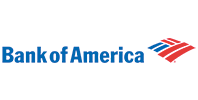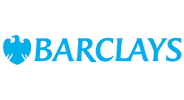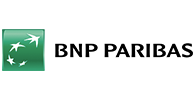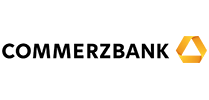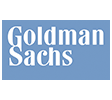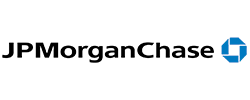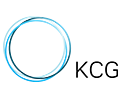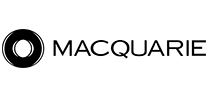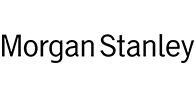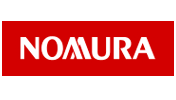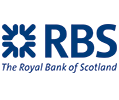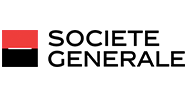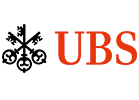What Are Order Blocks in Forex Trading?
If you’ve ever wondered why price tends to stall or reverse in specific zones, even without obvious support or resistance levels, the answer may lie in order blocks. These are footprints left behind by big players in the market, banks, institutions, and other heavyweights.
Order blocks are becoming a powerful tool in the arsenal of price action traders, especially those using platforms like MetaTrader 4 (MT4) with ECN access. Let’s explore what they are, why they matter, and how you can use them to trade smarter.

What Exactly Is an Order Block?
An order block is a cluster of orders, usually from institutional traders, that leads to a strong and sudden market move. These zones are areas where large buy or sell orders were previously placed, causing the price to either rally or drop sharply.
Once the price returns to these zones, it tends to react again, because other traders (especially professionals) are watching these levels closely.
Types of Order Blocks:
- Bullish Order Block: The last bearish candle before a strong bullish move. Price often returns here before continuing upward.
- Bearish Order Block: The last bullish candle before a sharp bearish drop. Price may revisit this zone before continuing downward.
Think of order blocks as hidden support and resistance created by real volume and intention, not just lines on a chart.
Why Do Order Blocks Matter?
Institutions don’t enter positions randomly. Their orders are too large to execute in one go without moving the market. So they layer entries at key levels. That’s what creates order blocks.
These zones represent:
- Where smart money previously entered or exited
- High-probability zones for trade entries or reversals
- Risk-managed levels that can improve your stop-loss and take-profit placement
For traders using ECN brokers like FXCG, recognising order blocks means aligning your trades with those who move the market, not against them.
How to Identify Order Blocks
Here’s a step-by-step way to spot and mark them on your chart:
1. Look for Strong Impulsive Moves: Find a candle or group of candles that led to a sharp breakout. The move must be decisive and directional, not a choppy range.
2. Mark the Last Opposite Candle Before the Move: This is your actual order block. For a bullish move, it’s the last bearish candle. For a bearish move, it’s the last bullish candle.
3. Wait for Price to Return: Patience is key. Once price comes back to the zone, look for signs of rejection, wicks, engulfing candles, or confluence with indicators like RSI or moving averages.
4. Enter on Confirmation: You don’t trade the order block blindly. Look for price action confirmation before entering, just like you would with a support/resistance zone.
Example: Bullish Order Block on EUR/USD
- Price drops and then suddenly rallies 100 pips.
- The last red (bearish) candle before that rally is marked as the bullish order block.
- Price revisits that zone days later, stalls, and forms a bullish engulfing candle.
- This provides a high-probability entry with a clear stop-loss and strong risk-reward.
Order Blocks vs Supply & Demand Zones
While the two are similar, order blocks are more precise. Supply and demand zones cover broader price areas. Order blocks are specific candles or zones within those areas, based on institutional behavior.
This precision helps traders enter with tighter stops and better risk-reward ratios, especially when using FXCG’s raw spreads and low commission environment.
Using FXCG for Order Block Trading
Trading with a top ECN broker like FXCG gives you an edge in executing order block strategies:
- MetaTrader 4 platform for seamless charting and analysis
- ECN trading for direct access to liquidity with no dealing desk interference
- Raw spreads from 0.0 pips and low commissions, perfect for precision trading
- Fast execution ensures your entries at order blocks don’t slip past
- Access to a forex demo account to practice order block analysis before going live
Whether you’re a beginner trying to learn to trade FX or an experienced trader fine-tuning your edge, order blocks are a solid addition to your strategy.
Final Thoughts: Smart Trading Starts with Smart Levels
In forex trading, understanding where the real money flows is key. Order blocks reveal the tracks of institutional traders, giving you a blueprint for smarter decisions.
And when you pair that insight with FXCG’s high-performance trading environment, you position yourself not just to trade, but to trade smart.
before: What Is the Spinning Top Candlestick Pattern in Forex Trading?
next: Megaphone Pattern in Forex: Definition and Trading Strategy
